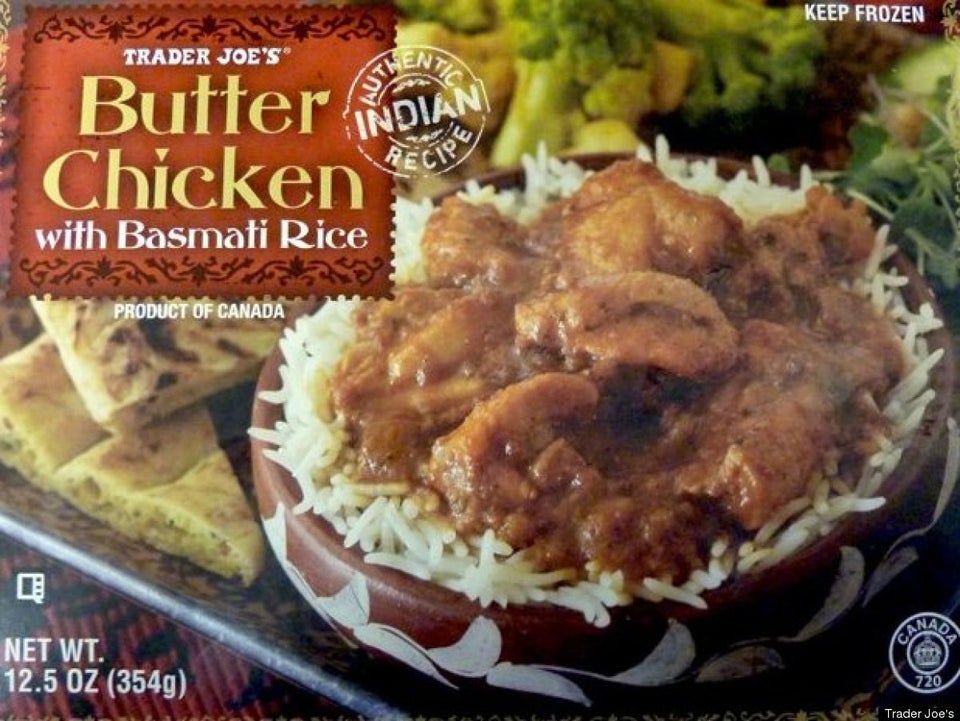
As you're pushing that heavy cart with a squeaky wheel around your neighborhood market with your kids tugging at your shirt repeatedly asking "Can I have this?" before you give in, it is important to take a moment to carefully inspect the colourful packaging because it is possible that something on those shelves may pose a danger to your family.
According to Public Health Agency of Canada, four-million Canadians will come down with food poisoning this year. The United States is doing no better. The CDC estimates that 48-million Americans will suffer a similar fate each year, which is one out of every six people. Fortunately, most recover but some do not. Pregnant women, their unborn babies, older adults, and people with weakened immune systems face the greatest risk.
While some cases result from improper food handling at restaurants or at home, many are caused by products purchased at the grocery store. Thus, food safety should be a prime concern when shopping, on par with nutrition. Shoppers should check packaging for cracks and holes, ensure that tamper guards are in place, and watch out for bulges in cans or containers of food. Unfortunately, biological, chemical, or physical hazards may lurk within the food itself. Most food companies strive to produce products that are safe to eat but some fail and food-borne illnesses result.
Accidental contamination may occur from sick employees, improper: cleaning of equipment, poor facility sanitation, or insect/rodent infestations. In 2011, two Colorado cantaloupe farmers sickened 125 people with Listeria, 33 died. It was suspected that the source of the contamination was their cantaloupe packing shed which had puddles of dirty water on the floor and contained rusty equipment. Last year Farm Rich products sickened 35 people with E. coli. Farm Rich, recalled four products: chicken quesadillas, mini pizza slices, mozzarella bites, and Philly cheese steaks. The source of infection was never found and inspectors did not find any food safety violations at the factory.
Sadly, product contamination is not always accidental, as food safety regulations are sometimes intentionally ignored in an effort to increase profits. In 2009, hundreds of people became ill and nine people died from a Salmonella outbreak linked to Peanut Corporation of Americas' peanut butter. But, this toxic peanut butter was not released accidentally. Lab tests conducted at the plant clearly showed the presence of Salmonella in this product prior to being shipped to the stores. The plant manager, Samuel Lightsey, decided to ship the product anyway; and even forged the certificate of analysis for each shipment stating that this product was safe to eat. Last Wednesday, facing 76 felony counts -- he plead guilty.
As a reaction to the PCA outbreak, the U.S. passed the Food Safety Enhancement Act. This Act makes 11 major changes to food safety laws. The most significant is that it creates a mandatory schedule for inspections. This is important, as previously, many food manufacturing plants remained under the radar escaping inspection for years at a time. Moreover in 2011, President Obama signed into law The FDA Food Safety Modernization Act (FSMA) which focuses on preventing the initial contamination rather than just trying to contain outbreaks after they arise. This Act gives the FDA power to impose mandatory recalls if the company refuses to implement one.
Canada has followed suit. Stephen Harper tabled the Safe Food for Canadians Act in June 2012 and it received royal assent the following November. Unfortunately, the bureaucracy is struggling to bring in practical regulations that will actually make a difference on the factory floor. The latest news is that regulations will only start being introduced in 2015 with full implementation by 2017. The first sector to face these new regulations will be meat which is, ironically, is already the most closely supervised sector.
These laws are a step in the right direction but, as noted above, food-borne illness outbreaks are still occurring today. Changes are happening at a glacial pace and funding is a major issue. In order to inspect all food processing plants, a lot more manpower will be required. Moreover, government inspection agencies require many new workers to help govern their new oversight responsibilities but governments are not in a financial position to hire so many at once. Therefore, full implementation of these laws will likely happen slowly over the next decade.
Until then, the answer to the question, "are the foods you buy at the grocery store really safe to eat?" is "maybe."
ALSO ON HUFFPOST:
